The vestibular nerve is a crucial component of our sensory system, responsible for maintaining our balance and coordination. Understanding the vestibular nerve and its functions is integral in comprehending the techniques and safety measures needed to stimulate it effectively. This article aims to delve into the various aspects of stimulating the vestibular nerve, highlighting the importance, benefits, risks, techniques, and maintenance for better vestibular health.
Understanding the Vestibular Nerve
The vestibular nerve is a crucial component of the vestibulocochlear nerve, also known as the eighth cranial nerve. It plays a vital role in our ability to maintain balance and perceive spatial orientation. Let’s delve deeper into the anatomy and function of the vestibular nerve.
Anatomy of the Vestibular Nerve
The vestibular nerve is one of the two branches of the vestibulocochlear nerve. It originates from the inner ear’s vestibular system, which consists of fluid-filled canals and chambers responsible for detecting head movements and changes in position. These structures, known as the semicircular canals and the otolith organs, contain specialized sensory cells that convert mechanical stimuli into electrical signals.
As the vestibular nerve emerges from the inner ear, it travels through the internal auditory canal, a bony passageway within the temporal bone. Along its course, the nerve fibers bundle together, forming the vestibular nerve proper. This nerve then joins the cochlear nerve, which carries auditory information, to form the vestibulocochlear nerve.
From the internal auditory canal, the vestibulocochlear nerve enters the brainstem, specifically the pons and the medulla oblongata. Within these regions, the vestibular nerve fibers synapse with various structures, including the vestibular nuclei, which play a crucial role in integrating and processing vestibular information.
Function of the Vestibular Nerve
The primary function of the vestibular nerve is to transmit sensory signals from the inner ear to the brainstem. These signals provide the brain with essential information about head position, head movement, and changes in speed or direction. By continuously monitoring these parameters, the vestibular nerve enables us to maintain our balance and coordinate our movements.
When we move our head, the fluid within the semicircular canals and otolith organs shifts, stimulating the sensory cells. These cells then generate electrical signals that travel along the vestibular nerve to the brainstem. The brainstem processes this information and sends appropriate commands to the muscles of the eyes, neck, and limbs, allowing us to stabilize our gaze, adjust our posture, and move smoothly.
Furthermore, the vestibular nerve also contributes to our sense of spatial orientation. By integrating vestibular signals with visual and proprioceptive information (sensations from muscles and joints), the brain can accurately perceive our position and motion in space. This integration is crucial for activities such as walking, running, and maintaining equilibrium on uneven surfaces.
In summary, the vestibular nerve is a remarkable structure that plays a vital role in our ability to maintain balance and perceive spatial orientation. Its intricate anatomy and function highlight the complexity of the human body’s sensory systems and the remarkable ways in which they work together to enable us to navigate the world around us.
The Importance of Vestibular Stimulation
The vestibular system, located in the inner ear, plays a vital role in our overall sensory experience. It is responsible for providing us with information about our body’s position and movement in space. Engaging in activities that stimulate the vestibular nerve can have numerous benefits for individuals of all ages.
Benefits of Vestibular Stimulation
One of the primary benefits of vestibular stimulation is its impact on sensory integration. By providing sensory input to the vestibular system, we can enhance our ability to process and integrate information from all our senses. This, in turn, improves our overall sensory perception and helps us make sense of the world around us.
In addition to sensory integration, vestibular stimulation also plays a crucial role in the development of motor skills. Through activities that involve movement and balance, such as swinging, spinning, or climbing, we can strengthen our core muscles and improve our coordination. This is especially important for children, as it helps them develop the necessary skills for activities like walking, running, and playing sports.
Furthermore, vestibular stimulation has been found to enhance spatial awareness. By engaging in activities that require us to navigate through space, such as obstacle courses or dancing, we can improve our ability to understand and interpret our physical environment. This is particularly beneficial for individuals who struggle with spatial concepts or have difficulties with tasks that involve spatial orientation, such as reading maps or following directions.
But the benefits of vestibular stimulation extend beyond sensory and motor development. Research has shown that it can also have a positive impact on cognitive functions. By activating the vestibular system, we can enhance our attention, memory, and overall cognitive performance. This is because the vestibular system is closely connected to brain areas responsible for these functions, and stimulating it can improve their efficiency.
Risks of Vestibular Under-Stimulation
While vestibular stimulation offers numerous benefits, insufficient stimulation can have negative consequences. When the vestibular system is under-stimulated, it can lead to developmental delays and impaired motor skills. Children who do not engage in enough vestibular activities may struggle with tasks that require balance, coordination, or spatial awareness.
Moreover, under-stimulation of the vestibular system can result in difficulties with balance. Individuals who lack adequate vestibular input may experience frequent falls or have trouble maintaining their equilibrium. This can affect their ability to participate in physical activities, leading to a sedentary lifestyle and potential health issues.
Another potential risk of vestibular under-stimulation is the development of vertigo. Vertigo is a sensation of spinning or dizziness, often accompanied by nausea and disorientation. It can be caused by a variety of factors, including a lack of vestibular stimulation. By incorporating activities that stimulate the vestibular system, we can reduce the risk of experiencing vertigo and its associated discomfort.
Therefore, it is crucial to ensure appropriate levels of vestibular stimulation for overall well-being. By incorporating activities that engage the vestibular system into our daily routines, we can reap the benefits of improved sensory integration, motor skills, spatial awareness, and cognitive functions. So, let’s embrace the importance of vestibular stimulation and explore the endless possibilities it offers for our physical and mental development.
Techniques for Vestibular Stimulation
Vestibular stimulation is a crucial aspect of sensory integration and can have a significant impact on an individual’s overall well-being. By engaging the vestibular nerve, which is responsible for balance and spatial orientation, various techniques can be used to stimulate and enhance this sensory system. Let’s explore some of these techniques in more detail.
Physical Exercises for Vestibular Stimulation
A variety of physical exercises can effectively stimulate the vestibular nerve. These exercises not only provide sensory input but also promote coordination, balance, and body awareness. One popular form of vestibular stimulation is spinning. Whether it’s spinning in an office chair or on a playground merry-go-round, the rotational movement stimulates the vestibular system, providing valuable sensory input.
Swinging is another excellent exercise for vestibular stimulation. The back-and-forth motion of swinging activates the vestibular system, allowing individuals to experience changes in speed and direction. This activity can be done on a traditional swing set or even with a sensory swing specifically designed for vestibular stimulation.
Balance activities on unstable surfaces, such as wobble boards or balance beams, are also effective for vestibular stimulation. These exercises challenge the body’s ability to maintain balance, forcing the vestibular system to work harder to maintain equilibrium. Additionally, engaging in sports that involve changes in speed or direction, like basketball or soccer, can provide dynamic vestibular input.
It is important to note that while physical exercises can be beneficial, it is advisable to consult with a healthcare professional or a licensed therapist for personalized exercise recommendations. They can assess an individual’s specific needs and provide guidance on appropriate exercises to ensure safety and effectiveness.
Therapeutic Approaches to Vestibular Stimulation
In certain cases, therapeutic interventions may be necessary to facilitate vestibular stimulation. Occupational therapists and physical therapists often employ specific techniques to address vestibular dysfunction and improve overall functionality. One such technique is vestibular rehabilitation therapy (VRT).
Vestibular rehabilitation therapy is a specialized form of therapy that focuses on retraining the vestibular system. It involves a series of exercises and activities designed to gradually expose individuals to specific movements and stimuli that challenge their vestibular system. These exercises aim to improve balance, reduce dizziness or vertigo symptoms, and enhance overall vestibular function.
VRT may include activities such as gaze stabilization exercises, balance training, habituation exercises, and eye-head coordination exercises. These exercises are tailored to each individual’s needs and are typically performed under the guidance of a trained therapist.
It is essential to seek professional guidance and evaluation before engaging in therapeutic approaches like VRT. A healthcare professional or licensed therapist can assess an individual’s vestibular function, identify any underlying issues, and develop a personalized treatment plan to address specific needs.
In conclusion, vestibular stimulation plays a vital role in sensory integration and overall well-being. By incorporating physical exercises and therapeutic approaches like VRT, individuals can enhance their vestibular system’s functionality, improve balance, and experience a more integrated sensory experience.
Safety Measures in Vestibular Stimulation
Vestibular stimulation is a valuable method that can offer significant benefits to individuals. However, it is crucial to prioritize safety throughout the process to ensure a positive experience. By taking certain precautions and being aware of the signs of overstimulation, individuals can engage in vestibular activities with confidence and minimize any potential risks.
Precautions to Take When Stimulating the Vestibular Nerve
When embarking on vestibular stimulation, it is important to start with gentle exercises and gradually increase the intensity over time. This allows the body to adapt and reduces the risk of overwhelming the vestibular system. By taking a gradual approach, individuals can build tolerance and maximize the benefits of vestibular stimulation.
In addition to gradually increasing intensity, ensuring a secure environment is essential to prevent falls or accidents. This includes removing any potential hazards from the surroundings and providing adequate support or safety equipment if necessary. By creating a safe space, individuals can focus on the vestibular stimulation without worrying about potential injuries.
Furthermore, it is crucial to listen to the body and pay attention to any discomfort, dizziness, or pain during vestibular activities. If any of these symptoms occur, it is advisable to cease the activity immediately. Pushing through discomfort can lead to further complications and may hinder the overall benefits of vestibular stimulation. Consulting with a healthcare professional is highly recommended to ensure a safe and tailored approach that suits individual needs.
Signs of Overstimulation and How to Respond
During vestibular activities, it is important to be aware of the signs of overstimulation. These signs may include nausea, headache, dizziness, or extreme fatigue. If any of these symptoms occur, it is crucial to stop the activity immediately and allow the body to rest and recover.
Resting after experiencing overstimulation is essential to prevent any further discomfort or adverse reactions. It is advisable to find a calm and quiet environment where the body can relax and regain its balance. Taking breaks and allowing the body to recover is crucial to ensure a positive experience with vestibular stimulation.
Seeking guidance from a healthcare professional is highly recommended when experiencing signs of overstimulation or if there are any concerns about the vestibular stimulation process. Healthcare professionals can provide valuable advice, assess individual needs, and address any adverse reactions that may occur. By seeking professional guidance, individuals can navigate vestibular stimulation safely and effectively.
In conclusion, prioritizing safety in vestibular stimulation is of utmost importance. By taking precautions, such as starting with gentle exercises, ensuring a secure environment, and listening to the body, individuals can engage in vestibular activities with confidence. Recognizing signs of overstimulation and responding appropriately, including resting and seeking professional guidance, further enhances the safety and effectiveness of vestibular stimulation.
Maintaining Vestibular Health
The vestibular system, which is responsible for maintaining balance and spatial orientation, plays a crucial role in our daily lives. To ensure optimal vestibular health, it is important to not only engage in vestibular stimulation activities but also make certain lifestyle changes.
Lifestyle Changes for Better Vestibular Health
One lifestyle change that can greatly impact vestibular health is practicing good sleep hygiene. Getting enough sleep and maintaining a consistent sleep schedule can help support the functioning of the vestibular system. Adequate rest allows the body to repair and regenerate, promoting overall well-being.
In addition to sleep, managing stress levels is also important for maintaining vestibular health. Chronic stress can have a negative impact on the vestibular system, leading to symptoms such as dizziness and imbalance. Engaging in stress-reducing activities such as meditation, yoga, or deep breathing exercises can help alleviate stress and promote vestibular well-being.
Another lifestyle change that can contribute to better vestibular health is consuming a balanced diet. Proper nutrition provides the necessary vitamins and minerals that support the functioning of the vestibular system. Including foods rich in antioxidants, such as fruits and vegetables, can help protect against oxidative stress, which can be detrimental to vestibular health.
Furthermore, excessive alcohol consumption can have a detrimental effect on the vestibular system. Alcohol can disrupt the delicate balance of fluids in the inner ear, leading to dizziness and imbalance. Limiting alcohol intake or avoiding it altogether can help preserve vestibular health.
Protecting the ears from loud noises is another important aspect of maintaining vestibular health. Exposure to excessive noise levels can damage the delicate structures of the inner ear, including the vestibular system. Wearing earplugs or earmuffs in noisy environments, such as concerts or construction sites, can help prevent noise-induced vestibular damage.
Similarly, wearing appropriate safety gear during sports or activities is crucial for preserving vestibular health. Head injuries can have a significant impact on the vestibular system, leading to symptoms such as vertigo and imbalance. Wearing helmets or protective headgear can help reduce the risk of head injuries and safeguard the vestibular system.
Regular Check-ups and Monitoring Vestibular Health
While lifestyle changes are important, regular check-ups with healthcare professionals are also essential for maintaining vestibular health. Ear, nose, and throat specialists or audiologists can conduct thorough evaluations to detect any underlying vestibular issues. Early detection allows for prompt intervention and treatment, minimizing the impact on daily life.
Regular monitoring and evaluation of vestibular function can further aid in maintaining optimal vestibular health. Healthcare professionals can perform specific tests to assess the functioning of the vestibular system and identify any changes or abnormalities. This proactive approach ensures that any issues are addressed promptly, promoting long-term vestibular well-being.
In conclusion, understanding and stimulating the vestibular nerve is essential for maintaining balance, coordination, and overall physical and cognitive well-being. By employing appropriate techniques, prioritizing safety measures, and adopting a holistic approach to vestibular health, individuals can optimize their sensory integration and make significant strides towards leading a healthy and active lifestyle. However, it is crucial to consult with healthcare professionals for personalized advice and intervention tailored to individual needs and circumstances.




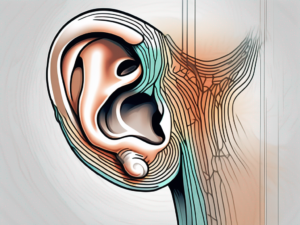
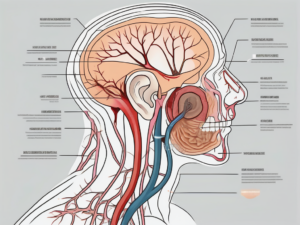
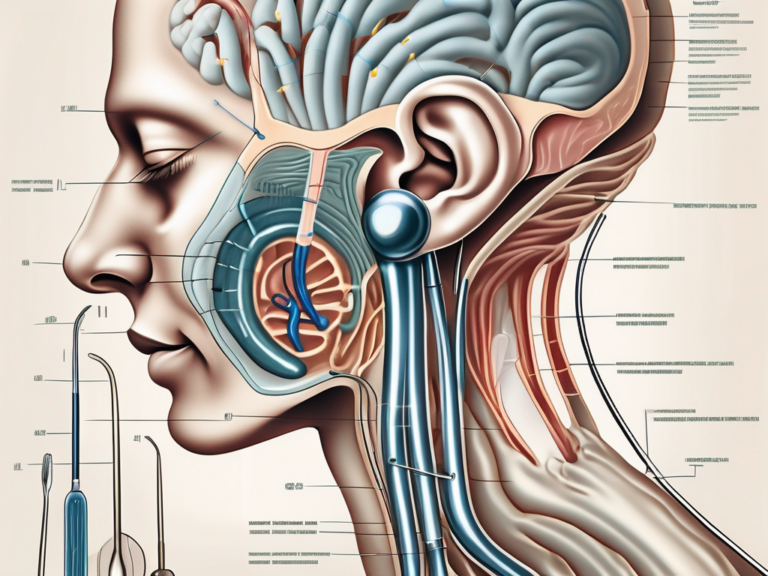
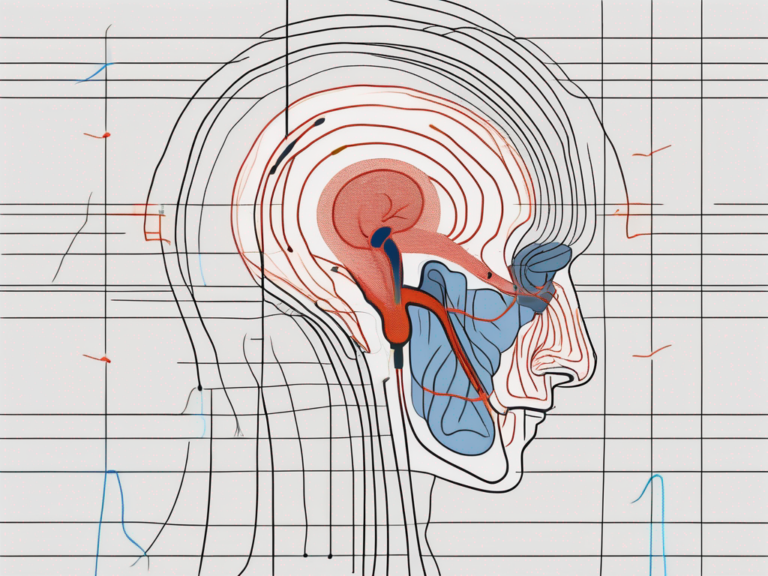
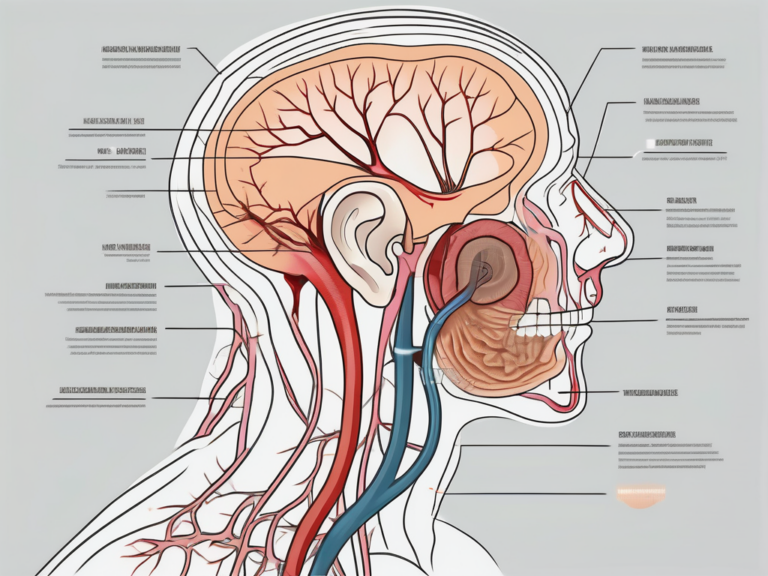
+ There are no comments
Add yours